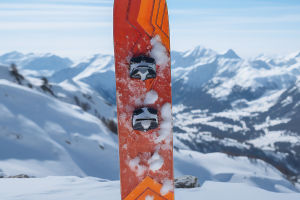Home shoes are an essential part of our daily lives, especially for the elderly, who need to prioritize safety and comfort while moving around their homes.
As we grow older, our bodies undergo changes that can affect our feet, leading to a weakening of muscles and bones, and a reduction in natural foot cushioning. This can result in various foot-related issues. Wearing shoes with soles that are either too thin can lead to discomfort, whereas too flat soles may cause nerve tension and fatigue. It's crucial, therefore, to opt for home footwear that offers a balance of comfort and support, ideally with a heel height of 2-3 cm to alleviate pressure on the foot's arch and ensure protection.
Comfort is paramount, but for the elderly, the importance of safety cannot be overstated. Older adults have a higher risk of falls, which can have serious if not fatal, consequences. To minimize the risk of accidents, selecting home shoes with an appropriate level of friction is vital. Shoes with too much grip might prevent slips but could also increase the risk of injuries, such as fractures, during sudden movements or turns. Consequently, the best option for seniors is shoes with cowhide soles, which offer an optimal balance of friction, unlike those with plastic soles that may pose a higher risk of slipping or causing accidents.
The uppers of home shoes are made of cut velvet fabric, lined with cotton and other warm materials. The soles are usually made of PVC soles or sponges, which can reduce the degree of friction with the ground.
Frosted leather can play a non-slip role, while the thickened sponge heel improves comfort. Regardless of the type of home shoes, they are mainly designed for indoor use, providing convenience, hygiene, warmth, and comfort, making them an indispensable part of people's lives.
In the market, there are four primary types of slipper materials, PVC (polyvinyl chloride), SEBS (hydrogenated styrene-butadiene rubber), EVA (ethylene-acid ethylene copolymer), and TPU (thermoplastic flexible polyurethane).
EVA and TPU are soft plastics and can be used directly in sandals. PVC and SEBS, on the other hand, are relatively hard, so special "Oil" is added to adjust the hardness and make them suitable for use in sandals.
This "oil" is not the cooking oil used in daily life or machine oil, but small liquid molecules, such as DOP (dioctyl phthalate) and white oil (polyolefin with a relatively small molecular weight).
When new, sandals emit no odor as their surface is not in contact with bacteria or mold. However, after wearing them for an extended period, they become stained with microorganisms, such as bacteria and mold, which feed on the "oil."
These microorganisms metabolize, releasing or excreting metabolites such as amines and sulfur-containing substances, which produce a strange smell. Although not necessarily stinky, the odor is unpleasant and often disliked by people.
During the colder months, cloth slippers become a go-to for their warmth and comfort. Yet, they often become discolored and develop a musty smell over time. The root cause of this issue lies in the fact that our feet are home to numerous sweat glands that are active, leading to constant moisture. This moisture, particularly in the warm and cozy environment of cotton slippers, creates a perfect habitat for bacteria to thrive. Furthermore, the typically closed design of these cloth shoes, coupled with the ongoing exposure to sweat, facilitates the spread of bacteria throughout the slippers, resulting in an undesirable odor.
In conclusion, home shoes are essential for the elderly, and choosing the right pair is crucial to ensure comfort, safety, and hygiene. While comfort is important, it is equally important to consider safety factors such as the level of friction provided by the shoes.


